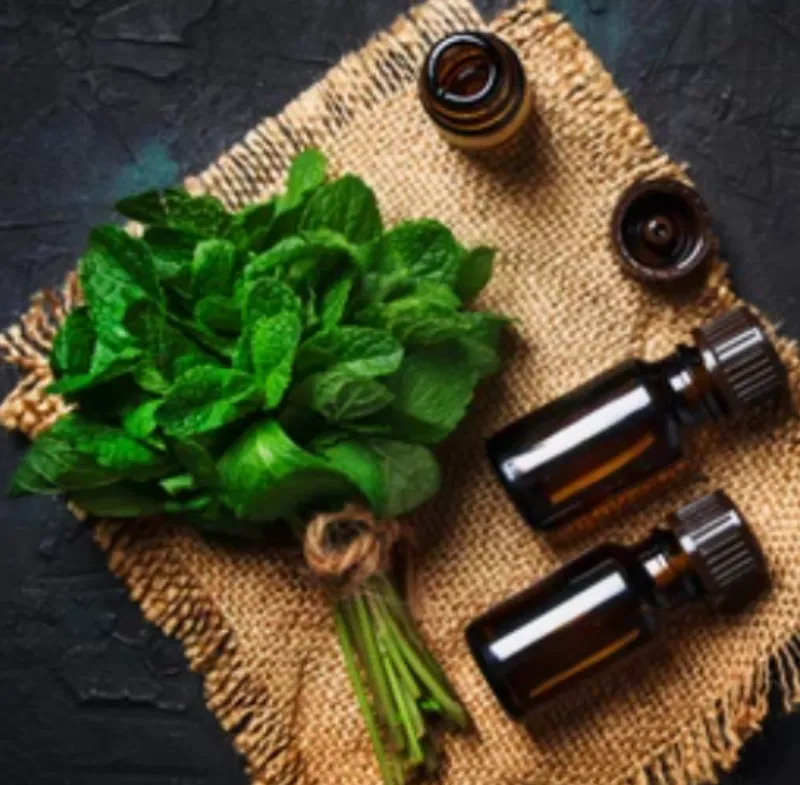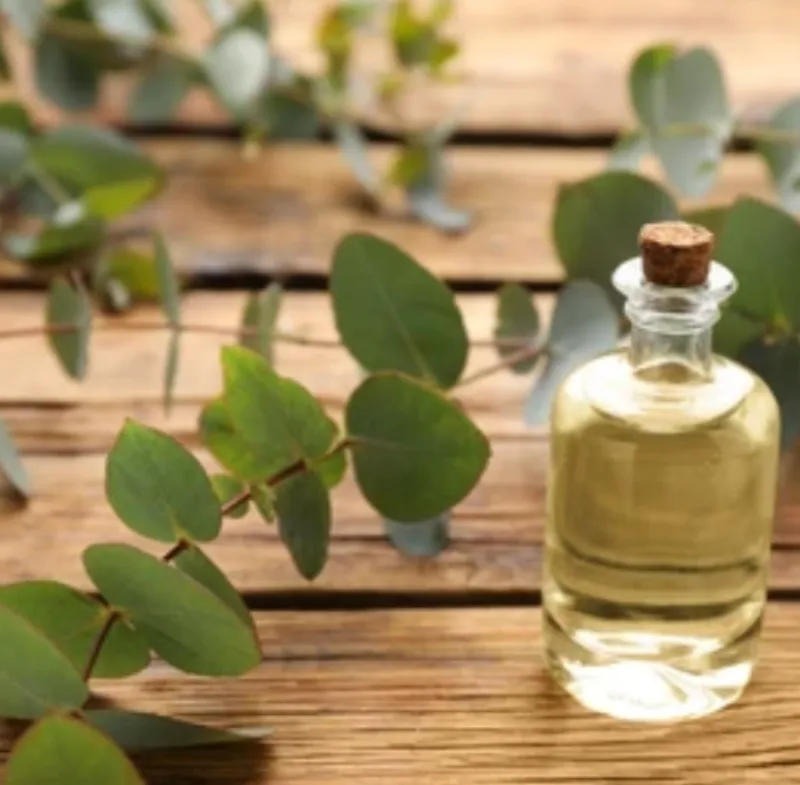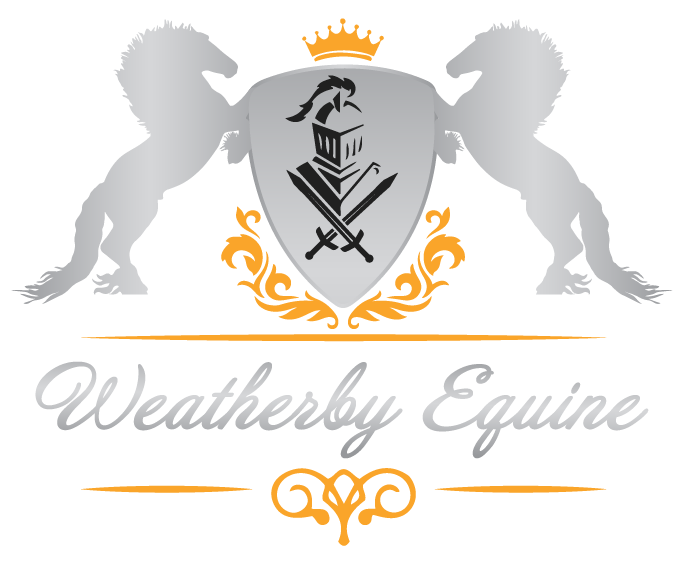Massaging performance!

What is Equine Sports Massage Therapy?
Equine Sports Massage Therapy is a form of massage therapy specifically designed for horses involved in sports and athletic activities. It involves the application of manual massage techniques to the muscles, tendons, and ligaments of the horse’s body to promote relaxation, improve circulation, relieve muscle tension, and enhance overall performance.
The primary goals of equine sports massage therapy are to:
1. Enhance Performance: Equine sports massage therapy aims to improve the horse’s overall performance by addressing muscle tension, soreness, and imbalances that may hinder their movement and athletic abilities.
2. Prevent Injury: By identifying and addressing muscle imbalances and areas of tension, equine sports massage therapy helps prevent injuries that can result from overworking or straining muscles during exercise or competition.
3. Aid in Recovery: After strenuous exercise or competition, equine sports massage therapy can help horses recover more quickly by reducing muscle soreness, enhancing circulation, and supporting the healing process.
4. Enhance Range of Motion: Equine sports massage therapy can help improve the horse’s flexibility, range of motion, and joint mobility, allowing for more efficient movement and performance.
During an equine sports massage therapy session, the therapist will typically assess the horse’s musculoskeletal system, looking for areas of tension, tightness, or imbalance. They will then use various massage techniques, such as effleurage, petrissage, and cross-fiber friction, to alleviate muscle tension, increase blood flow, and promote relaxation.
Equine sports massage therapy should always be performed by a qualified and certified therapist who has undergone specialized training in equine anatomy, physiology, and massage techniques. It is typically used in conjunction with other forms of veterinary care and training programs to support the horse’s overall health and performance.
It is important for horse owners and trainers to work closely with a qualified equine sports massage therapist who can tailor the therapy to the specific needs of the horse, taking into consideration their discipline, training regimen, and individual requirements. Regular equine sports massage therapy sessions can contribute to the overall well-being and athletic success of the horse.
What is a Certified Equine Sports Massage Therapist (CEsMT)?
A Certified Equine Sports Massage Therapist is an individual who has completed a specialized training program in equine sports massage therapy and has obtained certification. This certification signifies their knowledge and competence in providing massage therapy specifically tailored for horses involved in various sports and athletic activities.
To become a Certified Equine Sports Massage Therapist, individuals typically undergo comprehensive training that covers equine anatomy, physiology, biomechanics, and assessment techniques. They learn various massage techniques and modalities specifically designed for horses to address muscle tension, soreness, and injury prevention.
Certification programs for equine sports massage therapy may vary, but they often include both theoretical and practical coursework. This can involve hands-on training where students learn palpation skills and practice massage techniques on horses. Students may also be required to complete a predetermined number of supervised hours working with horses to gain practical experience.
After completing the required training and meeting all certification requirements, individuals can take an examination or assessment to demonstrate their knowledge and skills. Successful completion of the examination results in certification as an Equine Sports Massage Therapist.
Certification provides assurance to horse owners, trainers, and veterinarians that the therapist has undergone proper training and has met the necessary standards for practicing equine sports massage therapy. It shows that the therapist has the knowledge and skills required to effectively provide massage therapy to horses involved in sports and athletic activities.
It is important for horse owners and trainers to ensure that the equine sports massage therapist they work with is certified and has the necessary training and expertise to provide safe and effective therapy for their horses.
Our very own “CJ Weatherby” is a Certified Equine Sports Massage Therapist and has treated hundreds of horses in her career.
What are the Benefits of Equine Sports Massage Therapy?
1. Improved Circulation: Equine sports massage therapy helps stimulate blood flow and lymphatic circulation in horses. This increased circulation helps deliver oxygen and nutrients to the muscles and aids in the removal of waste products, such as lactic acid, which can build up during exercise. Improved circulation can enhance overall tissue health and recovery.
2. Enhanced Muscle Flexibility and Range of Motion: Sports massage therapy helps to release muscle tension and tightness in horses. This can improve muscle flexibility, elasticity, and range of motion, thereby enhancing performance and reducing the risk of injury. Looser, more supple muscles allow for greater mobility and smoother movement.
3. Relieves Muscle Soreness and Tension: Intense training and physical activity can lead to muscle soreness and tension in horses. Sports massage therapy can help alleviate these issues by reducing muscle spasms, relieving muscular pain, and promoting relaxation. By addressing muscle discomfort, horses can recover faster and perform at their best.
4. Improved Posture and Body Awareness: Equine sports massage therapy can assist in improving a horse’s posture and body awareness. By targeting specific muscle groups and releasing tension, it helps horses find a more balanced and comfortable stance. This improved posture can contribute to better overall biomechanics and performance.
5. Prevention and Rehabilitation of Injuries: Regular sports massage therapy can be a proactive measure for injury prevention in horses. By maintaining the health and flexibility of muscles, tendons, and ligaments, it reduces the risk of strain or trauma during exercise. Additionally, sports massage therapy can aid in the rehabilitation process for injuries, helping to accelerate healing and promote proper tissue repair.
6. Psychological Well-being: Equine sports massage therapy provides horses with a relaxing and enjoyable experience. It promotes a sense of well-being, reduces stress levels, and enhances the horse-human bond. By providing physical and mental relaxation, it contributes to the overall emotional health and happiness of the horse.
It is important to note that equine sports massage therapy should be performed by a trained Certified Equine Sports Massage Therapist (CEMST) professional who understands the anatomy and specific needs of horses. Consulting with a qualified equine sports massage therapist or veterinarian is recommended to determine the suitability and frequency of massage sessions for your horse.
Essential Oils that can be used while performing Equine Sports Massage Therapy:
Lavender & CESMT

Key Benefits of using Lavender essential oil in Equine Sports Massage Therapy:
Lavender essential oil is known for its soothing and calming properties. It can help promote relaxation, relieve muscle tension, and reduce anxiety or stress in horses.
When using lavender essential oil on horses, consider the following:
– Always dilute the essential oil before applying it topically. Use a carrier oil, such as coconut or jojoba oil, to ensure proper dilution.
– Conduct a patch test on a small area of the horse’s skin to check for any adverse reactions before using the oil more extensively.
– Consult with a veterinarian or equine professional before using lavender essential oil, especially if your horse has any pre-existing health conditions or is pregnant or nursing.
Lavender essential oil can be an excellent addition to your horse’s care routine, providing them with the benefits of relaxation, skin health, respiratory support, and insect repellency. Remember to use it safely and responsibly to ensure the well-being of your horse.
Peppermint & CEMST

Key Benefits of using Peppermint essential oil in Equine Sports Massage Therapy:
Peppermint essential oil has a cooling effect and can provide relief for sore muscles and inflammation. It can also help increase circulation and improve focus and concentration.
When using peppermint essential oil on horses, keep the following in mind:
– Always dilute the essential oil before applying it topically. Use a carrier oil, such as coconut or jojoba oil, to ensure proper dilution.
– Conduct a patch test on a small area of the horse’s skin to check for any adverse reactions before using the oil more extensively.
– Avoid using peppermint essential oil near the horse’s eyes or mucous membranes, as it can be irritating.
– Consult with a veterinarian or equine professional before using peppermint essential oil, especially if your horse has any pre-existing health conditions or is pregnant or nursing.
Peppermint essential oil can be a valuable addition to your horse’s care routine, providing benefits for digestion, respiratory health, cooling, insect repellency, and mood enhancement. Always use it safely and responsibly for the well-being of your horse.
Eucalyptus & CEMST

Key Benefits of using Eucalyptus essential oil in Equine Sports Massage Therapy:
Eucalyptus essential oil has anti-inflammatory and analgesic properties, making it beneficial for relieving muscle soreness and inflammation. It also has a refreshing aroma that can enhance relaxation.
When using eucalyptus essential oil on horses, consider the following:
– Dilute the essential oil with a carrier oil, such as coconut or jojoba oil, before applying it topically.
– Conduct a patch test on a small area of the horse’s skin to check for any adverse reactions before using the oil more extensively.
– Avoid using eucalyptus essential oil near the horse’s eyes or mucous membranes, as it can be irritating.
– Consult with a veterinarian or equine professional before using eucalyptus essential oil, especially if your horse has any pre-existing health conditions or is pregnant or nursing.
By incorporating eucalyptus essential oil into your horse’s care routine, you can harness its respiratory support, muscle and joint comfort, insect repellent properties, wound healing abilities, and calming effects. Always use it safely and responsibly for the well-being of your horse.
Marjoram & CEMST

Key Benefits of using Marjoram essential oil in Equine Sports Massage Therapy:
Marjoram essential oil has a warming effect and can help relax tense muscles, improve circulation, and relieve muscle cramps or spasms. It also promotes emotional balance and relaxation in horses.
When using Marjoram essential oil on horses:
– Dilute the oil before using it topically. Use a carrier oil like coconut or jojoba oil for proper dilution.
– Perform a patch test on a small area of the horse’s skin to check for any adverse reactions before applying it more extensively.
– Avoid using Marjoram essential oil near the horse’s eyes or mucous membranes, as it may cause irritation.
– Consult with a veterinarian or equine professional before using Marjoram essential oil, especially if your horse has any pre-existing health conditions or is pregnant or nursing.
By utilizing Marjoram essential oil, you can benefit from its muscle relaxation properties, respiratory support, digestive aid, calming effects, and wound healing abilities. Always use it safely and responsibly for the well-being of your horse.
Chamomile & CESMT

Key Benefits of using Chamomile essential oil in Equine Sports Massage Therapy:
Chamomile essential oil has mild sedative properties and is known for its calming effects. It can help reduce anxiety, soothe muscles, and promote relaxation during equine sports massage therapy.
When using Chamomile essential oil on horses:
– Dilute the oil before using it topically. Use a carrier oil like coconut or jojoba oil for proper dilution.
– Perform a patch test on a small area of the horse’s skin to check for any adverse reactions before applying it more extensively.
– Avoid using Chamomile essential oil near the horse’s eyes or mucous membranes, as it may cause irritation.
– Consult with a veterinarian or equine professional before using Chamomile essential oil, especially if your horse has any pre-existing health conditions or is pregnant or nursing.
By utilizing Chamomile essential oil, you can benefit from its calming effects, anti-inflammatory properties, digestive support, skin health benefits, and respiratory support. Always use it safely and responsibly for the well-being of your horse.
Frankincense & CESMT

Key Benefits of using Frankincense essential oil in Equine Sports Massage Therapy:
Frankincense essential oil has anti-inflammatory properties that can help reduce muscle inflammation, relieve pain, and promote relaxation during equine sports massage therapy.
When using Frankincense essential oil on horses:
– Dilute the oil before using it topically. Use a carrier oil like coconut or jojoba oil for proper dilution.
– Perform a patch test on a small area of the horse’s skin to check for any adverse reactions before applying it more extensively.
– Avoid using Frankincense essential oil near the horse’s eyes or mucous membranes, as it may cause irritation.
– Consult with a veterinarian or equine professional before using Frankincense essential oil, especially if your horse has any pre-existing health conditions or is pregnant or nursing.
By utilizing Frankincense essential oil, you can benefit from its anti-inflammatory properties, respiratory support, emotional balance, lymphatic support, and wound healing abilities. Always use it safely and responsibly for the well-being of your horse.
